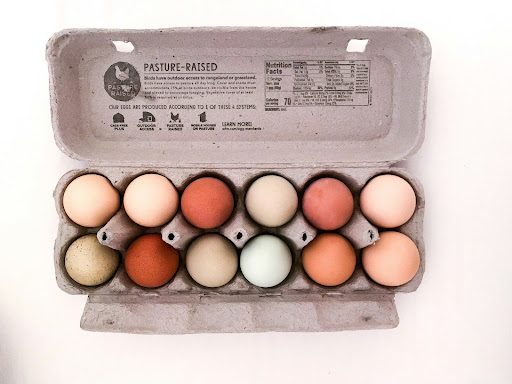The medical field has dealt with many changes that have been initiated with the purpose of improving healthcare within communities and adjusting to new norms that place an emphasis on contactless healthcare and the concept of virtual medicine. With shifts toward telemedicine and the inclusion of robotic procedures, the medical field has embraced these technologically advanced methods as a way of keeping up with current events and facilitating the jobs of many healthcare workers. Without a doubt, technology has impacted how medicine is practiced today and the results have sparked contrasting opinions on the matter. Many of us may begin to question the following: will artificial intelligence (AI) threaten and overtake the jobs of prospective and current medical workers?
With the expansion of telemedicine at the beginning of the pandemic, people began to utilize this virtual tool with greater frequency, allowing them to safely obtain treatment, while avoiding contamination at overcrowded doctor’s offices. Despite the unpopularity of virtual medicine prior to the pandemic, this method offered the opportunity to prioritize the public’s safety, while challenging doctors in all aspects. Face-to-face visits give doctors critical information that is not often easily obtained through a Zoom call, especially concerning those in the pediatric population. Rather than performing a physical examination on the patient, the doctor must now rely upon the patient’s complaints and symptoms, creating obscurities in diagnosing their patients. Additionally, a doctor’s visit is multi-faceted; the symptoms described by the patient only represent a piece of the puzzle. Telemedicine has great potential for mild cases, however, its limits must be acknowledged.
As we’ve seen telehealth become prevalent in recent months, robotic-assisted surgery has also experienced momentum in the medical field throughout the past decade. The various pros included with robotic surgery is that there is a reduced risk of infection, more precision and less scarring. In utilizing this type of technology, trained surgeons must be present in order to operate machinery, therefore, their jobs are just as important as the machinery assisting in the procedure.
There is plenty of controversy surrounding the topic of actual robots taking on the roles of doctors. The expectation with AI is that it will add to the team rather than threaten the existing position of physicians – the ultimate hope for AI in healthcare is to aid doctors in verifying diagnoses. More so, it would appear that a complete takeover by AI wouldn’t be beneficial in the long run, as the job of a physician is non-linear and cannot be deciphered by a single criterion observed by a robot. Developing a diagnosis for a patient can sometimes involve creativity and thinking outside of the box; something that an algorithm cannot capture. Another vital aspect that makes a physician well-rounded is the ability to empathize with patients and build a connection that is critical in improving a patient’s health. Without trust, a patient cannot be thoroughly examined. Don’t get me wrong, AI technology is an amazing tool, but doctors are irreplaceable!







